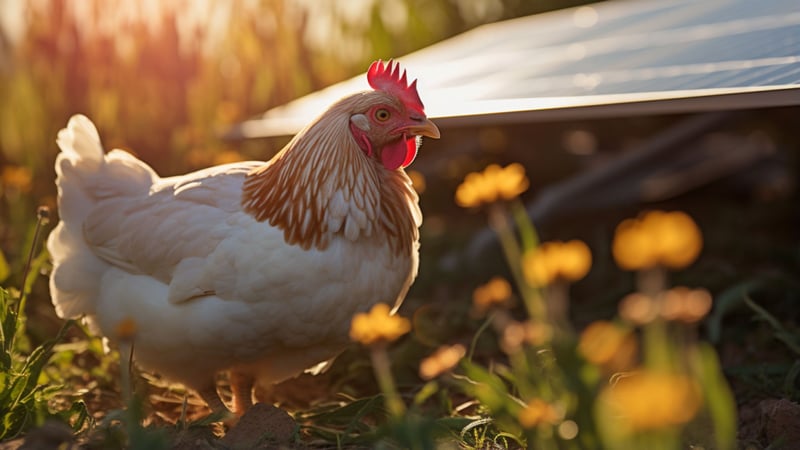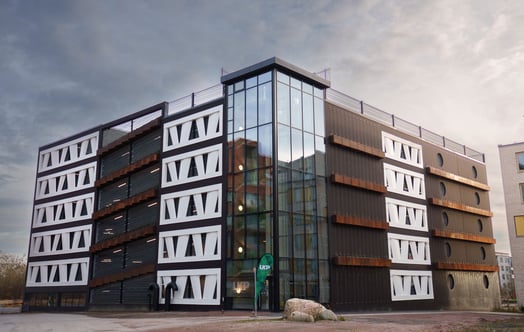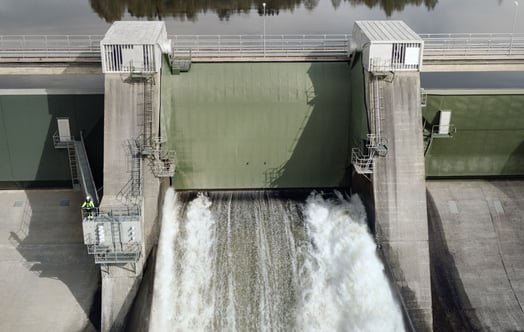In the north east corner of Germany, Vattenfall has started the construction of the country’s largest agrivoltaic project to date, Tützpatz. The design of the 79 MW project makes it possible to combine solar power production and sustainable farming in the same area.
Agrivoltaic is the combination of sustainable agriculture and the production of solar electricity on the same agricultural land. Thanks to the support of the landowner and the municipality, Vattenfall can now implement this innovative concept of land use on a commercial scale with partners for the first time.

Sunny side up! The Tützpatz solar farm in north eastern Germany will co-exist with sustainable farming such as organic free-range egg production and could look like this AI generated image.
On a total area of 93 hectares, solar modules will be erected on different rack systems and combined with suitable forms of agricultural use. In this way, Vattenfall aims to gain further practical experience for future commercial projects of this kind.
Claus Wattendrup, Head of Vattenfall's Solar Division, said:
"With the construction of an agrivoltaic project on this scale, we are doing real pioneering work. We want to show that sustainable agriculture and energy production can complement each other perfectly. With the Tützpatz project, we are now developing this young technology on a commercial scale.”
Vattenfall’s partner in the project is Power and Air Condition Solution Management (PASM), a subsidiary of Deutsche Telekom, which will buy the power production of the plant for ten years via a corporate power purchase agreement, CPPA. The plant will annually cover the demand of about 2,500 Deutsche Telecom mobile phone stations.
Bernd Schulte-Sprenger, Managing Director of PASM, explains the decision for a long-term electricity supply contract with Vattenfall:
"As part of the Deutsche Telekom Group, PASM ensures that the availability of the telecommunications infrastructure is guaranteed at all times. We achieve this goal by using 100% electricity from renewable energy sources, thus driving forward the energy turnaround in the Group. The electricity supply contract from the Tützpatz solar park has a special significance in this context, as it combines green electricity generation with sustainable agriculture, as free-range chickens will live under the solar panels. Thus, the electricity supply from the Tützpatz solar park can be considered a trendsetting project in the context of the energy transition in Germany."
Tützpatz agrivoltaic farm is built without state subsidies and is to be competed in 2024.
Vattenfall is already testing the agrivoltaic concept in a pilot project in the Netherlands, called Symbizon. With an installed capacity of 0.7 MWp, it is comparatively small.
Facts about the agrivoltaic project in Tützpatz
- Total installed capacity: 79 MW (peak)
- Total area: approx. 93 ha
- Intended agricultural use: organic free-range eggs / agriculture




